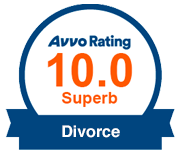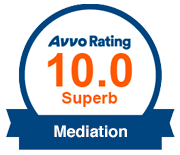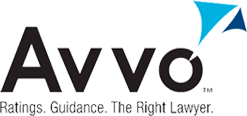QDROs: 401k? 403b? 457b? What’s the Difference?
It’s time to get a QDRO drafted. But, there are many different types of retirement accounts: 401k, Roth 401k, 401a, 403b, 457b, IRAs and more. All these numbers and letters can begin to blur. What’s the difference between them?
Let’s begin with how they are similar.
First, they are all forms of deferred income, which means that they are a form of income from employment, but rather than taking the money home in your paycheck, the money is held for you in an account, and it is deferred until you retire. It is sometimes said that deferred income is income received but not yet earned.
Second, they are all forms of defined contribution, which means that that the account is based on what the employer and employee contribute to the account. Usually these contributions are made through regular contributions deducted from the employee’s paycheck and matched by the employer. In this way, defined contribution plans look (although they are very different) similar to ordinary bank accounts in that as money is contributed, the balance grows.
So, how are they different? The differences are extensive but here are some key differences.
(Traditional) 401k. The most common defined contribution plan is a 401k. There are several types, including safe harbor 401(k) plans and SIMPLE 401k plans. 401k plans are typically set up and maintained by for-profit companies and other corporate employers. The employee’s contributions are excluded from her taxable income (pre-tax). Employers can contribute or match employee contributions. Early withdrawals before the retirement age) are penalized and taxed.
401a versus 401k. The key difference between 401a plans and 401k plans is that 401a plans are typically offered only to government employees. Also, there are differences in how much employees can contribute.
403b verses 401a. Very closely related to a 401a, 403b are also typically offered only to government employees. 401a plans tend to have mandatory contributions, whereas 403b plans tend to have more flexibility.
Roth 401k v. (Traditional) 401k. The key difference between Roth 401k plans and (traditional) 410k plans is that contributions to Roth 401k plans are after-tax and withdrawals are tax-free.
457b. Like 401a plans, 457b plans tend to be offered by state and local governments.
(Traditional) IRAs. Turning to IRAs, the key difference between IRAs and the preceding plans is that IRAs are set up by individuals and not their employer. Matching employer contributions are not available. Early withdrawals before the retirement age) are penalized and taxed.
Roth IRAs versus (Traditional) IRAs. The key difference between Roth IRA plans and (traditional) IRA plans is that contributions to Roth IRA plans are after-tax and withdrawals are tax-free.
When it comes to preparing QDROs, each of these plans will mean that there are important differences in the final QDROs. Weinberg & Schwartz can assist you with preparing QDROs for each of these plans.









